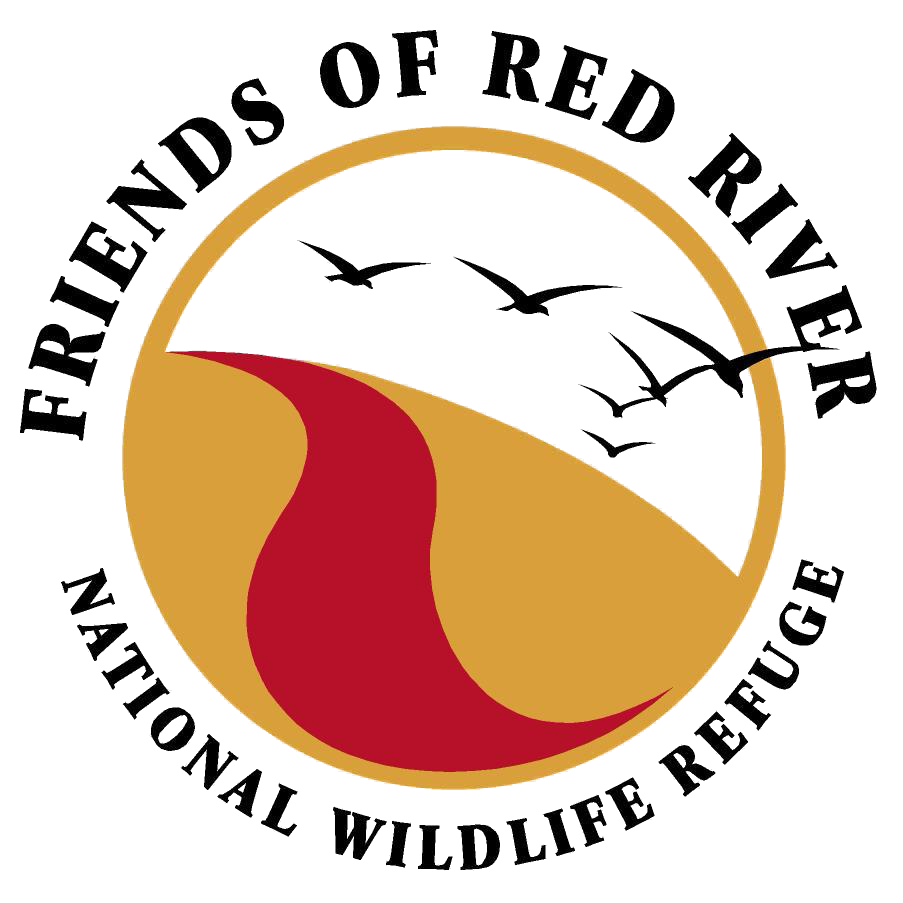Finding Wildlife Workshop
Female mountain lion crossing a stream, one of the best water sources in the valley. This is a place where all four natural factors are present that I use to pinpoint mountain lion activity.
Finding Wildlife Workshop
Saturday, February 1, 4:30 pm - 5:30 pm
Red River National Wildlife Refuge
150 Eagle Bend PointBossier City, LA, 71112 United States (map)
Workshop Registration (limited to 12 participants)
Curious About Nature?
Being curious about the connections throughout nature gets us more than 50% of the way there when it comes to filming and photographing wildlife successfully.
This workshop is also valuable for wildlife photographers and wildlife enthusiasts who want to learn some techniques to be more successful in the field finding completely wild wildlife without taking any shortcuts. For example, avoiding the use of lures, no conditioned animals to humans, no dogs, no helicopters, forcing yourself to understand the ecology of the animal you want to photograph, film and study.
My goal with the workshop is to share things I’ve learned that you can’t find anywhere else. For example, every season of the year represents unique opportunities. Green grass and forbs growing in January? Streams and rivers flooding or beginning to freeze over in December? Wildlife migration to and from winter range? The number of factors one can learn are endless. And the more we understand how wildlife species, watersheds, plant communities, latitude, elevation, aspect and more are connected, the more we’ll see when we step off the pavement and into a wild place.
Blonde color phase black bear at a remote mountain spring.
The workshop will include:
WWhy photograph and study completely wild animals?
Pre scouting using Google Earth, GaiaGPS, and state wildlife data
Selecting wildlife viewing locations based on seasons, topography, air currents, prey and predator density and more
Leveraging seasonal differences to find specific wildlife species
The advantages of public ground like the Red River Refuge
Questions and Answers
MEET YOUR HOST - DAVID NEILS
David Neils has spent a lifetime studying elusive wildlife. Growing up in northwest Montana he was surrounded by grizzlies, wolves and mountain lions. He started venturing into the Cabinet Mountain Wilderness, without adults, for up to ten days at a time at the age of eleven. Wild grabbed him and never let go. Today he intentionally spends time, three times a week, where mountain lions are active. When he sees his first fresh mountain lion track for the day he can feel his heart rate drop because of what that track represents. His house in Loveland is simply a place to keep his boots dry for the next adventure. His home has always been in nature.
David has spent the last twenty years studying and filming mountain lions in some of the wildest country of Colorado and Montana. He developed a system, using four natural factors, which allows him to pinpoint mountain lion activity throughout the United States, Canada and Chile. He enjoys sharing this knowledge and supporting others to study this magnificent apex predator through a personalized Mountain Lion Workshop which includes mapping mountain lion activity in the client’s chosen area, up to 100 square miles.
In addition to sharing a passion for mountain lions and other wildlife, he enjoys supporting others to navigate boldly and safely in the backcountry. Through his Backcountry Navigation and Safety Workshop, he supports clients to leverage the Ten Essentials Plus system, which eliminates many of the factors that result in Search and Rescue operations. In fact, it completely eliminates the Search in Search and Rescue. He also provide hands on orienteering courses, supporting clients to have the confidence to explore the wild areas around them.



